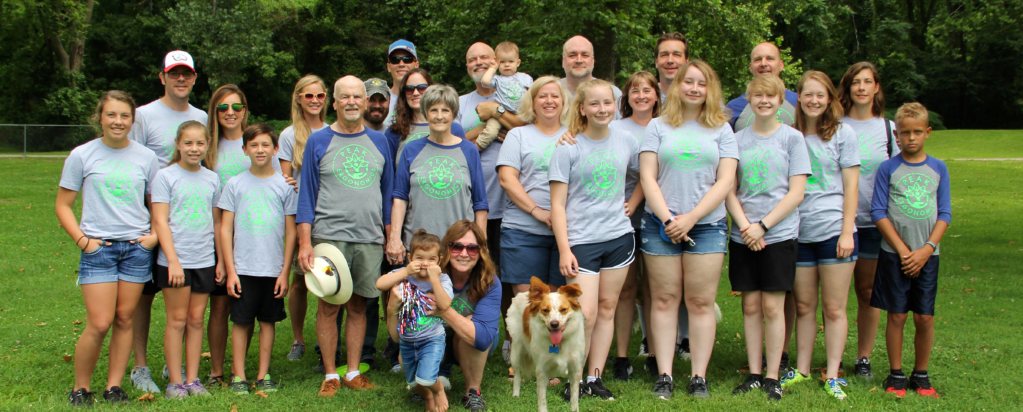Ergonomics at the Park! | Early Intervention Ergonomics
Ergonomics at the Park: How to Enhance Your Park Experience
A trip to the local city park promises moments of pure joy and relaxation, surrounded by nature’s beauty. While we cherish these delightful experiences, it’s essential not to overlook the role of ergonomics in optimizing our park activities. Ergonomics, typically associated with office spaces, also applies to recreational settings, such as the park. By integrating ergonomic practices during our park outings, we can elevate our well-being and ensure a safe, enjoyable, and memorable time. Let’s explore practical ways to harness the benefits of ergonomics while having fun at the park.
Optimal Seating for Comfort
The city park offers an array of seating options, from benches to picnic tables. When choosing a spot to rest, prioritize proper posture and comfort. Ensure your back receives adequate support, and your feet rest flat on the ground to maintain a healthy seated position. Look for benches with backrests to encourage better posture and reduce strain on your back and neck.
Mindful Picnics for Pleasure
Picnics are a cherished part of park visits. To make your picnic ergonomic-friendly, pack a lightweight and easy-to-carry picnic basket or backpack with padded shoulder straps. Use portable and adjustable tables or trays to achieve a comfortable dining height. When spreading your picnic blanket, select a flat and even surface to prevent uneven pressure on your body.
Stretch and Warm-Up for Active Play
Before engaging in physical activities like sports or games, take a few moments to stretch and warm up your muscles. Gentle stretching improves blood flow, reduces the risk of injuries, and enhances flexibility. Simple stretches like shoulder rolls, neck tilts, and leg swings prepare your body for the excitement ahead.
Play Equipment and Safety
City parks boast various play equipment suitable for all ages. When using swings, slides, or other structures, employ proper body mechanics to avoid strains or accidents. Sit correctly and grip swing chains firmly, slide down gently, and land on your feet to minimize impact on your joints.
Stay Hydrated for Endurance
Proper hydration is crucial during outdoor activities. Carry a reusable water bottle and take regular breaks to drink water. Staying hydrated not only supports your body’s functions but also maintains energy levels throughout your park visit.
Mind Your Body Mechanics
Whether you’re playing sports, jogging, or simply walking around, be mindful of your body mechanics. Engage your core muscles for spinal support, take comfortable strides, and avoid overexertion. Practicing good body mechanics reduces the risk of injuries and optimizes physical performance.
Respect Your Limits
While the park offers numerous activities, it’s essential to listen to your body and respect your limits. Overexertion can lead to fatigue and injuries. Take breaks as needed, find shaded spots to rest, and enjoy the park at a pace that suits your comfort level.
Things to Remember
As you head to the local city park for a day of fun and relaxation, remember to incorporate ergonomics into your activities. By choosing comfortable seating, having mindful picnics, stretching before active play, using play equipment safely, staying hydrated, minding your body mechanics, and respecting your limits, you can optimize your park experience. Embrace the joy of the outdoors while taking care of your body through ergonomic awareness. A well-planned and ergonomic park outing promises unforgettable memories and a refreshed sense of well-being.
Related article: Frisbee Lift
- What we DO NOT want to see is bending over with the frisbee way out in front of you. This will put a lot of stress on your knees and cause your back to hurt.
- With a proper Frisbee Lift, what you want to do is bring that frisbee closer to you within your base of support.
More Tools & Resources from Peak Ergonomics
Healthy Employees are the Bottom Line! – Learn More!
Contact us today!




